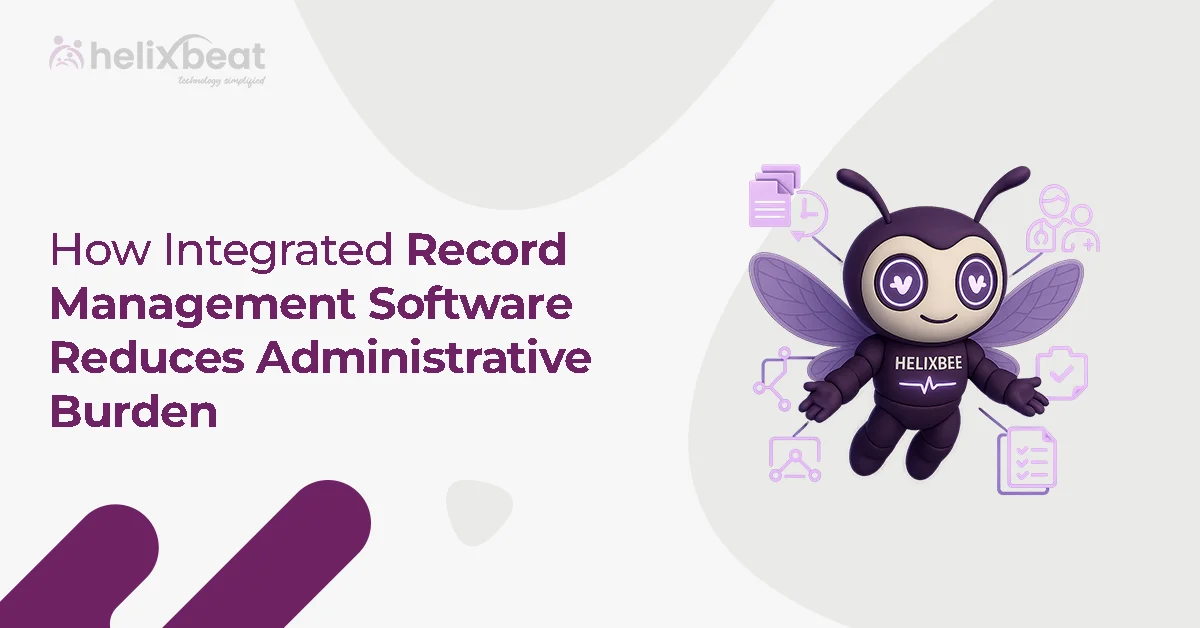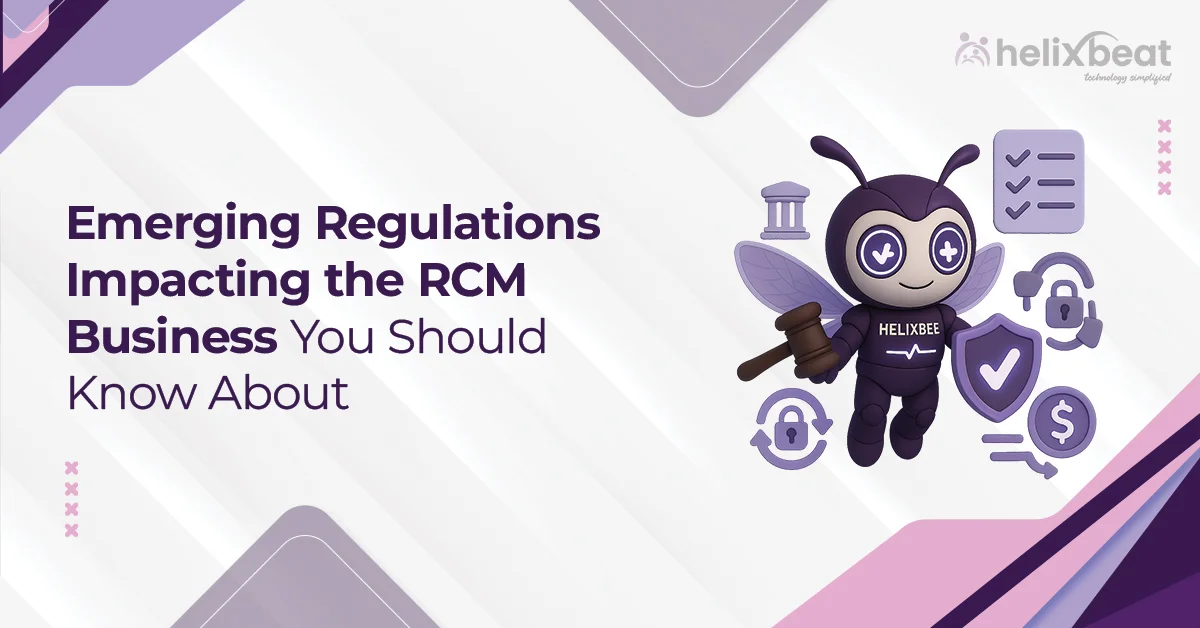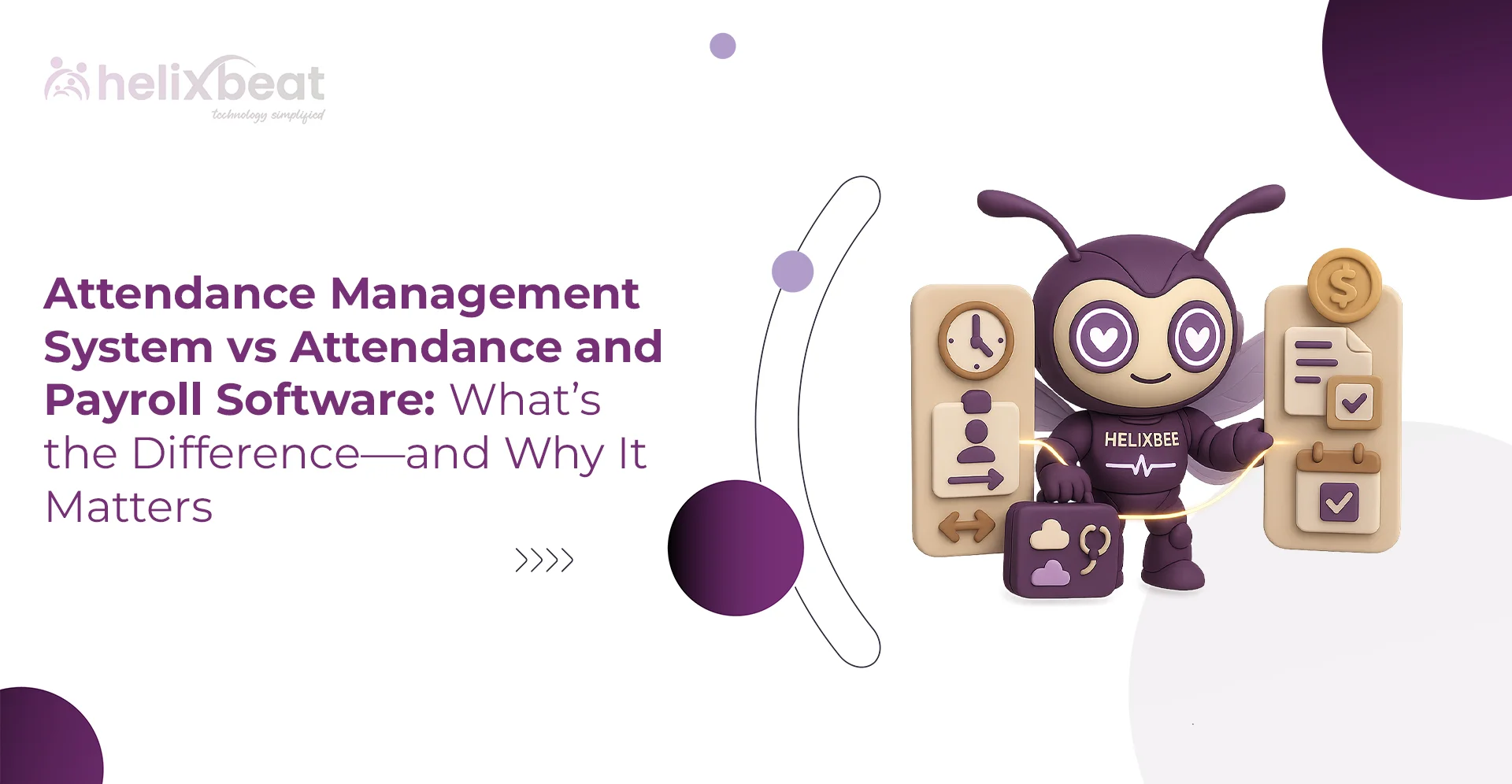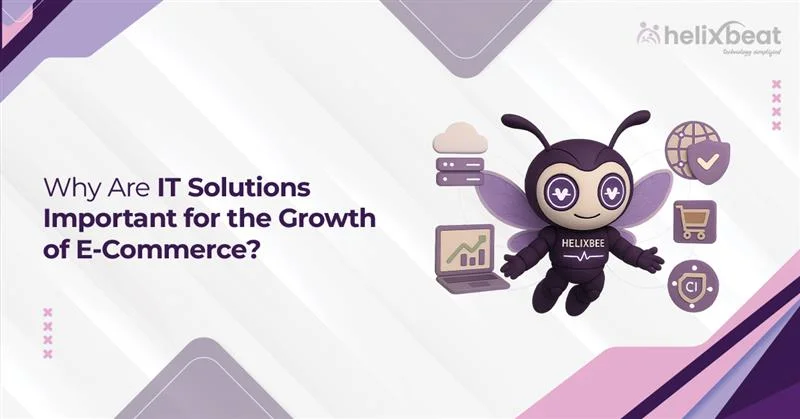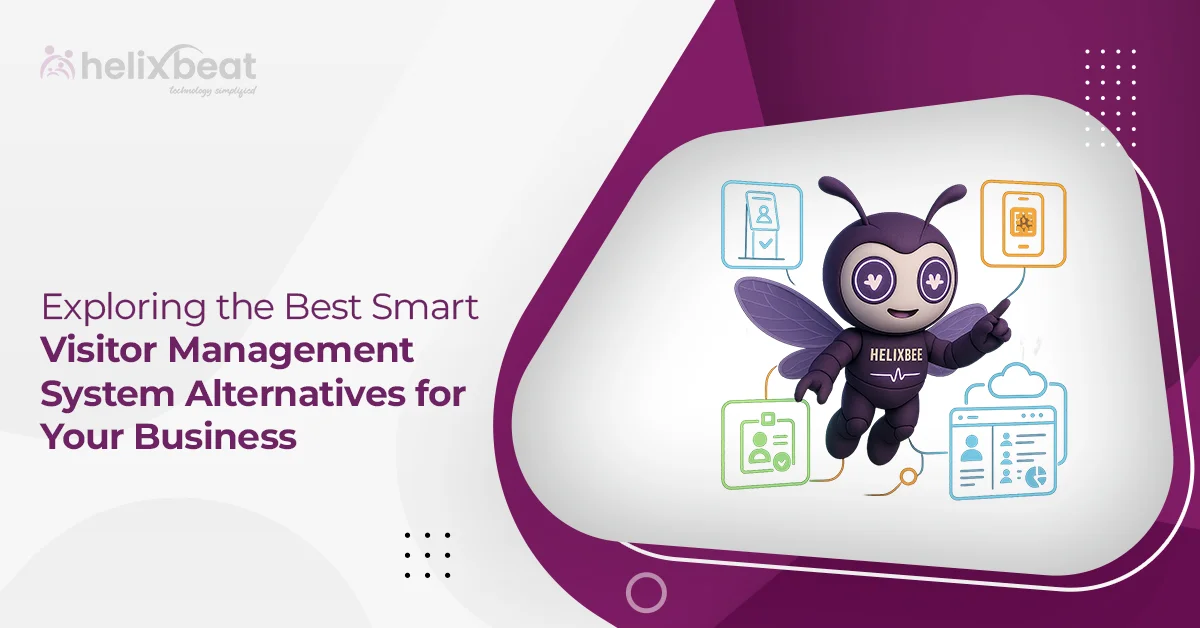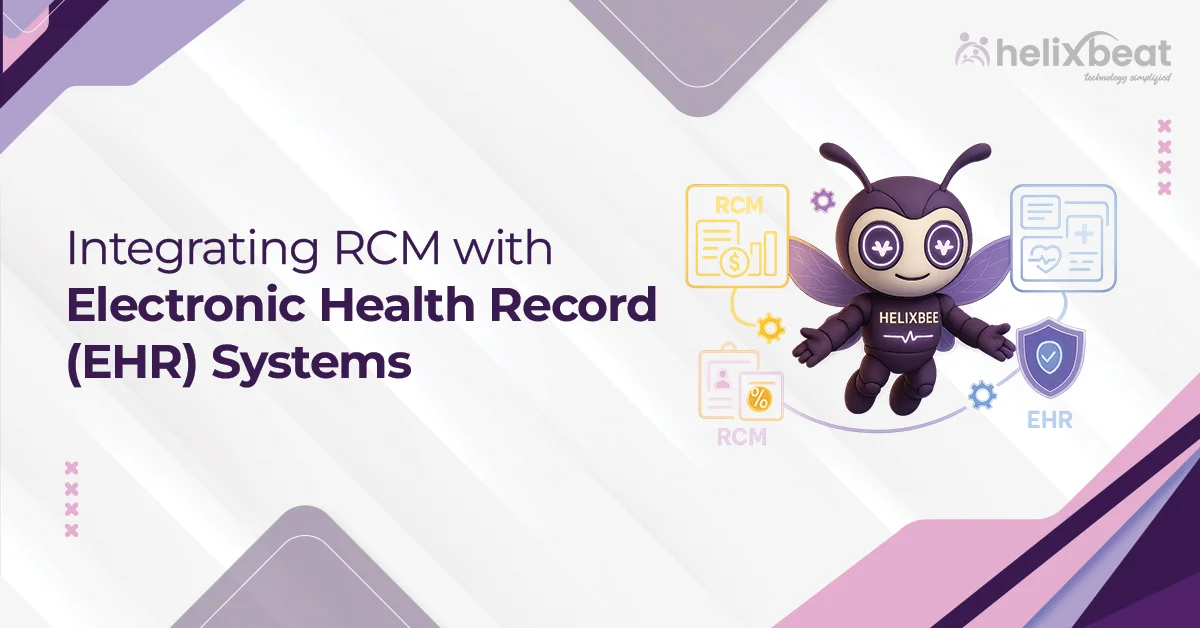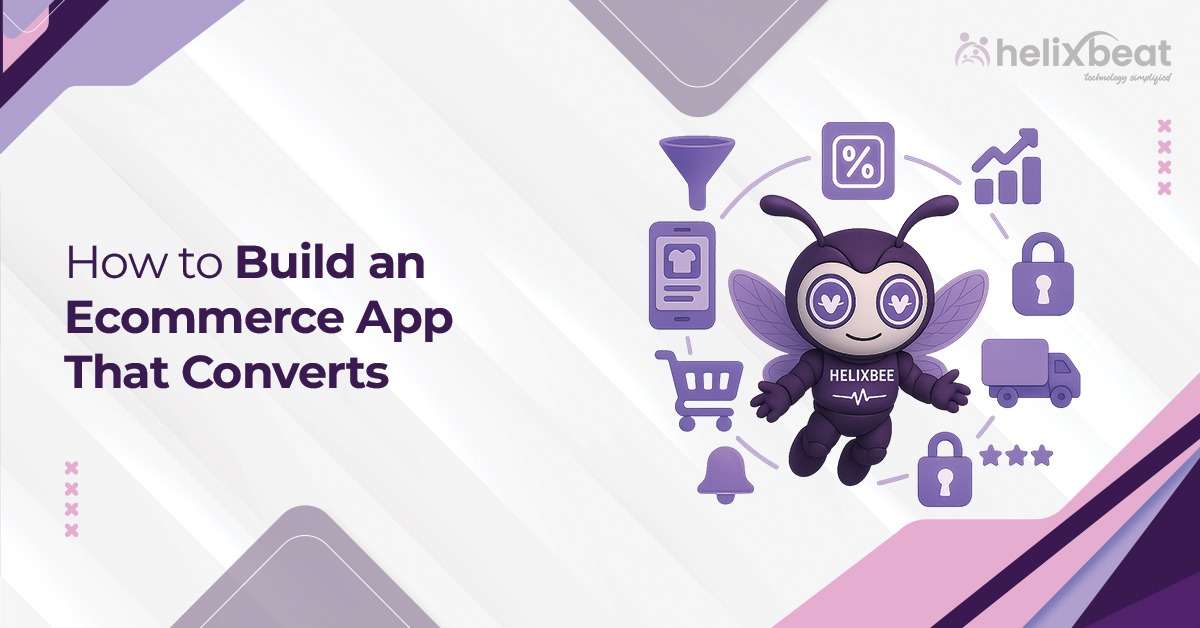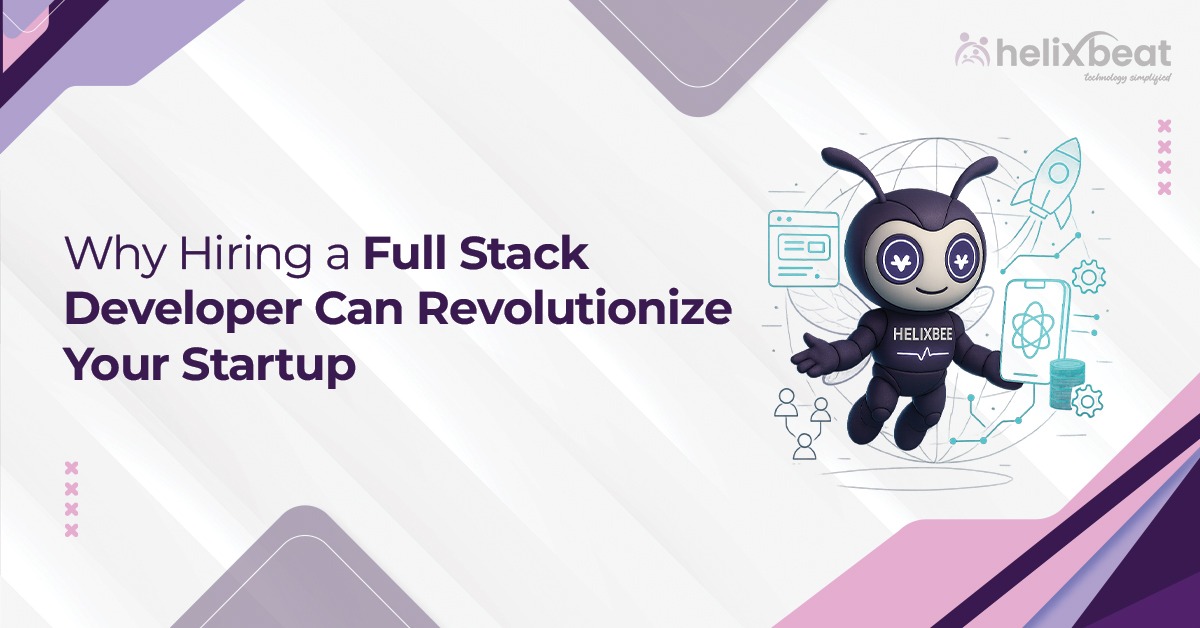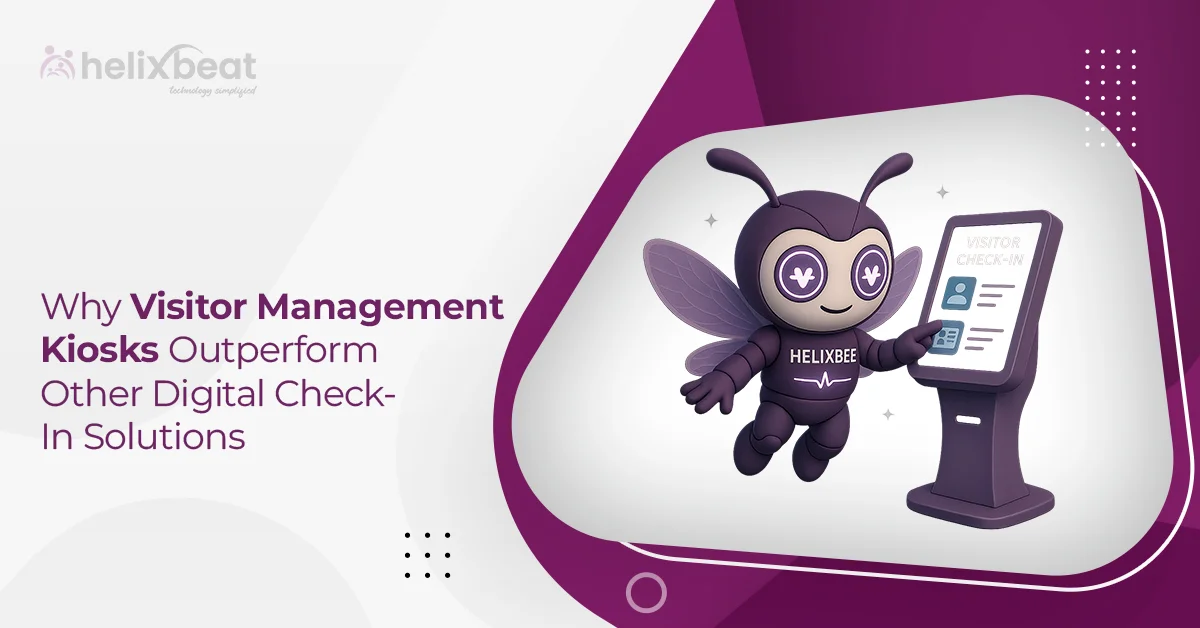What if cutting IT costs didn’t mean cutting corners? That’s the question many businesses are asking today. With cloud adoption growing at an explosive pace, enterprises—both large and small—are starting to see cloud solutions not just as a convenience, but as a powerful driver of IT cost optimization.
Whether you’re running a bootstrapped startup or managing a well-established enterprise IT ecosystem, cloud solutions promise scalability, flexibility, and—most importantly—cost control. But is cloud always the right choice? Let’s break it down and explore how cloud computing can help optimize your IT expenses.
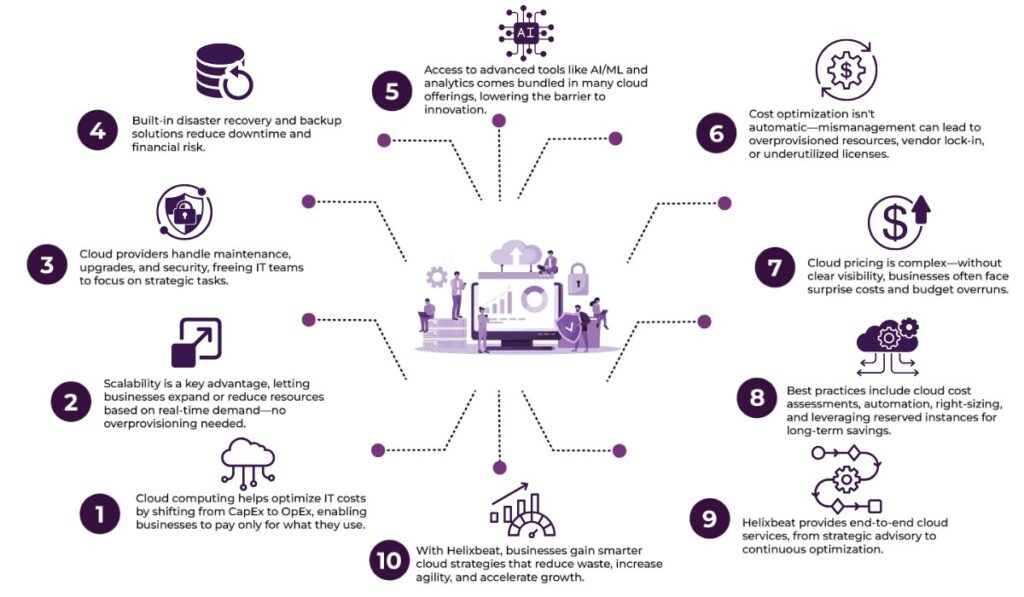
Table of Contents
Understanding IT Cost Optimization
Before diving into the cloud conversation, it’s important to understand what IT cost optimization involves.
At its core, IT cost optimization maximizes business value while reducing unnecessary IT expenditures. This could mean eliminating underutilized software, automating manual processes, consolidating infrastructure, or renegotiating vendor contracts. It’s not just about cutting costs—it’s about spending smarter.
Cloud computing naturally enters this conversation because it can transform fixed IT costs (like on-premise infrastructure) into variable, pay-as-you-go models.
Cloud Solutions: A Game-Changer in IT Spending
Cloud computing comes in many flavors—public, private, hybrid, multi-cloud—and spans services like IaaS (Infrastructure as a Service), PaaS (Platform as a Service), SaaS (Software as a Service), etc. Each model presents unique opportunities for IT cost optimization.
Here’s how cloud helps trim the fat from your IT budget:
1. Shift from CapEx to OpEx
Traditionally, businesses spent massive capital upfront to build and maintain data centers, including hardware, cooling systems, power backups, and network equipment. Cloud services flip that model. You no longer need to invest heavily in infrastructure—you simply rent what you need. A study by IDC found that companies using Amazon Web Services (AWS) realized an average of 31% cost savings compared to traditional infrastructure.
This shift from capital expenditure (CapEx) to operational expenditure (OpEx) frees up cash and creates a more predictable monthly cost structure.
2. Pay Only for What You Use
One of the biggest selling points of cloud services is the consumption-based pricing model. You’re billed for computing power, storage, and services based on usage, just like your electricity bill.
This model helps avoid paying for idle infrastructure, a common issue in traditional on-prem setups where servers often sit underutilized but still incur maintenance costs.
3. Scalability Without Waste
Imagine your website traffic spikes unexpectedly during a holiday sale. With on-prem infrastructure, you’d have to over-provision hardware in anticipation—which can result in higher costs year-round.
Cloud platforms offer elastic scalability, allowing businesses to scale up or down based on demand instantly. Therefore, you only pay for peak usage when needed, helping you avoid the hidden costs of overprovisioning.
The Hidden Benefits of Cloud in IT Optimization
While direct cost savings are a big win, cloud solutions also offer several indirect advantages that support broader IT cost optimization goals:
1. Reduced Maintenance Overhead
With cloud, your provider handles server maintenance, upgrades, and patch management. As a result, IT staff spend less time on low-value tasks, giving your team the ability to focus on innovation and business-critical activities.
2. Improved Disaster Recovery and Backup
Downtime is expensive—both in lost revenue and brand reputation. Therefore, cloud providers offer built-in disaster recovery, failover systems, and data backups to reduce risk exposure, which helps avoid the financial fallout of system failures.
3. Access to Cutting-Edge Tech Without Extra Cost
Cloud services often include access to advanced technologies like AI/ML, big data analytics, and others. Integrating these capabilities on-prem would require massive investment, both in infrastructure and expertise. In the cloud, they’re readily available—often as part of existing service packages.
When the Cloud Doesn’t Always Save You Money
While cloud solutions can drastically improve IT cost optimization, not every migration leads to savings. In fact, many organizations overspend in the cloud due to poor planning or lack of visibility. Here’s where things can go wrong:
1. Overprovisioned Resources
Cloud can be a double-edged sword. Without proper governance, teams may spin up virtual machines or services and forget to shut them down. These unused resources quietly inflate your monthly bill.
2. Vendor Lock-In
Some cloud providers make it difficult (or costly) to move your workloads elsewhere. This can limit your ability to negotiate better rates and lead to long-term financial commitments.
3. Complex Pricing Models
Cloud billing can be incredibly nuanced. Data egress fees, tiered storage, reserved vs. on-demand pricing—there’s a learning curve. Misunderstanding these can result in surprise costs. According to the Flexera 2025 State of the Cloud Report, 84% of organizations identify managing cloud spending as a top challenge.
4. Underutilized Licenses
Just like on-prem software, cloud-based licenses can be overbought. Many businesses pay for unused SaaS licenses across departments, which leads to wasteful spending.
Best Practices to Maximize Cloud ROI
If you’re serious about leveraging the cloud for IT cost optimization, a little planning goes a long way. Here are a few proven strategies:
1. Start with a Cloud Cost Assessment
Analyze your current IT expenses and forecast potential savings and risks of migration. Tools like AWS Cost Explorer, Azure Pricing Calculator, and other third-party platforms can help.
2. Use Reserved Instances and Spot Pricing
Most cloud providers offer discounts for committing to long-term usage or using spare capacity. Strategically combining reserved instances and spot pricing can significantly reduce costs.
3. Automate Resource Management
Set up auto-scaling, shut down unused instances after hours, and implement tagging policies to track spending by department or project.
4. Rightsize Everything
Conduct periodic reviews to downsize over-provisioned workloads. Just because you started with a large instance doesn’t mean you still need it six months later.
Reimagine Your Cloud Strategy with Helixbeat
At Helixbeat, we help businesses unlock the true power of cloud technology.
Whether you’re navigating a complex cloud migration, optimizing multi-cloud environments, or seeking smarter ways to manage cloud spend, Helixbeat brings the expertise and insight you need to move faster and smarter.
What Sets Helixbeat Apart?
1. Strategic Cloud Advisory
We don’t just lift and shift—we evaluate, architect, and optimize. From assessing readiness to aligning cloud initiatives with business outcomes, Helixbeat transforms cloud adoption into a high-performance engine.
2. Cloud Cost Intelligence
Our cloud experts implement usage-driven insights and right-sizing strategies to maximize value—without the wasted spend.
3. Seamless Cloud Migrations
Our proven methodologies enable smooth migrations, whether you’re transitioning to AWS, Azure, GCP, or a hybrid setup.
4. Security-First Framework
Helixbeat builds robust, scalable security architectures to keep data safe and workloads resilient—so you can innovate with confidence.
5. Ongoing Optimization & Support
Our team stays by your side with continuous performance tuning, compliance guidance, and proactive support.
Cloud Services We Offer
- Cloud Migration & Modernization
- Multi-Cloud & Hybrid Strategy Consulting
- Cloud Infrastructure Setup & Management
- Cloud Cost Optimization
- Security & Compliance for Cloud
- DevOps and Cloud Automation
- Disaster Recovery & Backup Solutions
Final Thoughts
The cloud has transformed the way businesses approach IT, offering an unprecedented mix of agility, flexibility, and cost control. But it’s not a magic wand. Like any powerful tool, it delivers the best results when wielded strategically.
Helixbeat is your partner in building cloud strategies that reduce waste, streamline operations, and accelerate growth. Contact us today and start optimizing your IT costs the smart way.
FAQs
1. What is IT cost optimization and why is it important?
IT cost optimization refers to the practice of reducing unnecessary IT expenses while maximizing business value. It’s important because it helps organizations use their IT budgets more efficiently.
2. How do cloud solutions contribute to IT cost optimization?
Cloud solutions support IT cost optimization by shifting businesses from high upfront capital expenses to flexible, pay-as-you-go models. This reduces infrastructure costs, improves scalability, and helps teams adapt spending based on real-time needs.
3. How does cloud scalability affect IT cost optimization?
Scalability allows businesses to add or reduce resources as needed. This flexibility helps avoid overprovisioning and minimizes waste, making IT spending more aligned with actual demand.
4. What are reserved instances and how do they help with IT cost optimization?
Reserved instances are long-term commitments to use specific cloud resources, usually at discounted rates. They help businesses save money when there’s predictable demand, contributing to long-term IT cost optimization.
Helixbeat offers strategic advisory, cloud cost intelligence, and ongoing optimization services. Our team helps businesses migrate, manage, and optimize cloud environments to drive down costs while supporting performance and growth.





